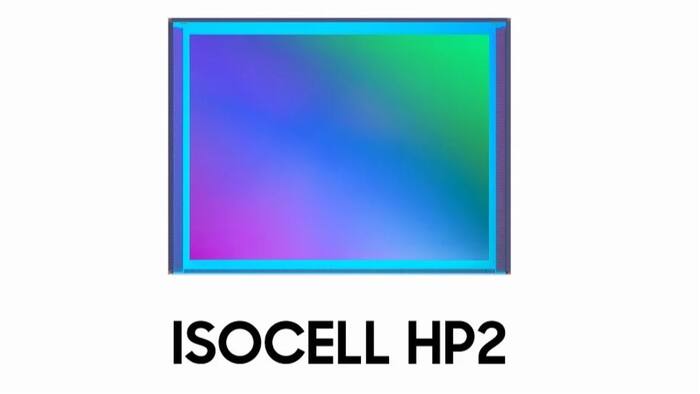
Written By Md Waquar Haider
Published By: Md Waquar Haider | Published: Jan 17, 2023, 12:39 PM (IST)

Samsung Electronics on Tuesday introduced its latest 200-megapixel (MP) image sensor, the ISOCELL HP2, with improved pixel technology for premium smartphones. The ISOCELL HP2 packs 200-million 0.6-micrometer (μm) pixels in a 1/1.3” optical format, a sensor size that is widely used in 108MP main smartphone cameras. This enables consumers to enjoy even higher resolutions in the latest high-end smartphones without larger camera bumps in their devices. Also Read: Flipkart Black Friday Sale 2025: Best Smartphone Deals You Shouldn’t Miss
As per company, with Samsung’s advanced pixel-binning technology, Tetra2pixel, the HP2 adds more versatility to the camera as it simulates different pixel sizes to accommodate varying lighting levels. When in low-lit environments, the sensor transforms either into a 1.2μm 50MP or 2.4μm 12.5MP image sensor by binding four to 16 neighboring pixels. For fuller 8K video, approximately at 33MP, the HP2 switches to 1.2μm 50MP mode to minimize cropping and capture more of the scene. Filming 8K at 30 frames-per-second (fps), a wide field of view along with bigger pixel size can produce sharp cinematic videos. Also Read: iQOO 15 Too Expensive? 7 Flagship Phones To Compare Before You Buy
“The Samsung ISOCELL HP2 harnesses Samsung’s high-resolution image sensor technologies and know-how at the cutting edge for epic details,” said JoonSeo Yim, executive vice president of Sensor Business at Samsung Electronics. “Our leadership comes from innovative pixel technologies that allow our sensors to go beyond the number and size of pixels. We will continue to open new horizons and solidify our presence in the expanding ultra-high-resolution sensor market.” Also Read: Best camera phones under Rs 15000 in Nov 2025: iQOO Z10x, Vivo T4x 5G, Samsung Galaxy M36 5G and more
Samsung has also integrated its Dual Vertical Transfer Gate pixel technology to increase its per-pixel electron efficiency capacity. In a photo diode within each pixel, a voltage transfer gate is placed on the bottom to transport electrons from the pixels to the logic layer. With high precision, D-VTG adds a second transfer gate in the pixel, boosting the pixel’s full-well capacity by more than 33 percent.
In low-lit environments, the sensor transforms into a 1.2μm 50-megapixel or 2.4μm 12.5-megapixel by binding four to 16 neighboring pixels. For 8K video, approximately at 33-megapixel, the sensor switches to 1.2μm 50-megapixel mode to minimize cropping, while the 8K video at 30 frames per second.
For superb HDR performance, Samsung is introducing the DSG feature for the first time in 50MP mode which applies two separate conversion values to the analog signal received at the pixel level. In addition, the Smart-ISO Pro, an HDR solution that merges different levels of ISO readouts from a single exposure, allows the camera to take 12.5MP images and 4K at 60fps video in HDR.